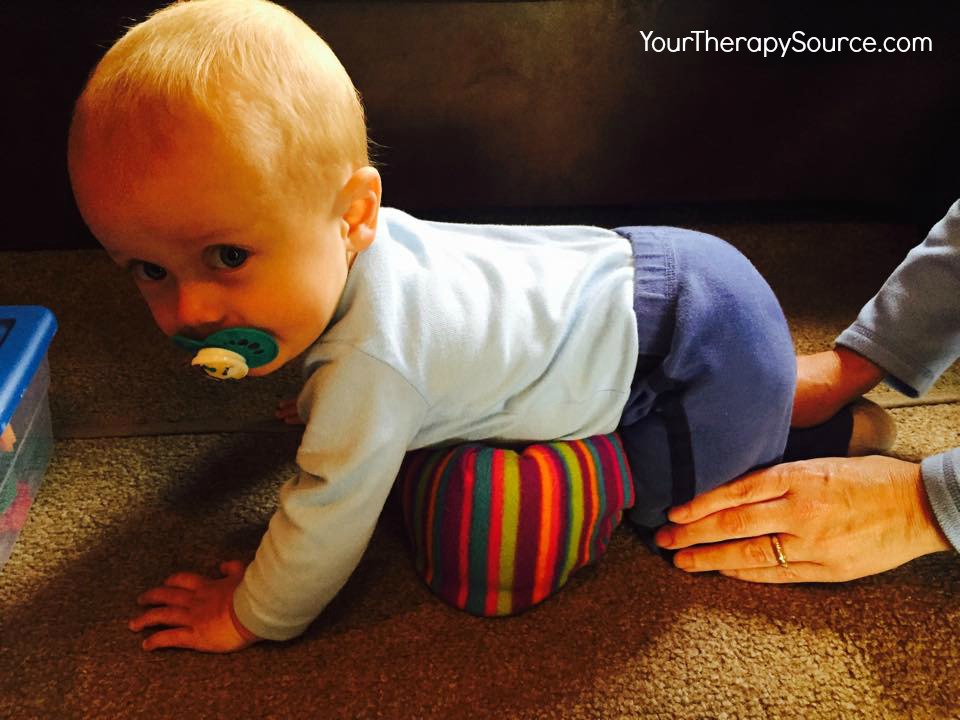
Join in the fun of rolling over in front of your baby and pull-up. All these muscles are crucial to helping a child learn how to crawl.
How to Teach Your Baby to Crawl 5 Tips and Tricks - YouTube.
How to help baby learn to crawl. Give your baby plenty of tummy time starting from birth. By playing on their bellies babies develop the muscle strength in their shoulders arms back and trunk torso that helps them learn to crawl. Encourage your baby to reach for the toys she is interested in.
Lay interesting toys at just a short distance from your almost-crawler. See if she is able to move herself toward these objects. Another activity to get your baby ready to crawl is to try some baby exercises.
For instance the Baby Exercises and Activities App includes a video demonstration of a mom doing the wheelbarrow exercise with her child. In this activity the parent gently holds the babys waist while the baby uses her arms to move forward across a mat. How to Teach Your Baby to Crawl 5 Tips and Tricks - YouTube.
How to Teach Your Baby to Crawl 5 Tips and Tricks. However tummy time also helps contribute to strengthening the back and leg muscles. All these muscles are crucial to helping a child learn how to crawl.
Also tummy time reduces the amount of time a child spends a while on his back. This helps reduce the chances of your baby developing a flat spot on his head. How to help your baby crawl.
From the start long before your babys ready to crawl give him plenty of tummy time. Placing your baby on his tummy and playing with him for several minutes a few times a day while hes awake and. One way you can help your baby as they learn to crawl is by encouraging them to spend a lot of time on their tummies.
This will help them develop their arm muscles because theyll be pushing themselves up with their handsstrong arm muscles are essential for crawling. Doing this also helps them to develop the muscles in their neck. One way to help babies learn to belly crawl is by basically eliminating the amount of friction between their armslegs and the floor while playing on their tummy.
This allows them nearly unrestricted movement as they experiment with how to slide their arms. In order to crawl your baby must be able to hold themselves up and maintain their balance using the muscles in their stomach neck arms back and. Learning to sit and twist hands-free 8 to 9 months on average.
Before crawling your baby will work on sitting without hand support twisting their body and reaching for toys while balancing. This happens around 8-9 months for most babies. You can help your baby work on hands-free sitting by enticing them with the dangling toys on The Play Gym.
Always make sure your baby has enough of safe space to explore. Join in the fun of rolling over in front of your baby and pull-up. Remember babies learn through imitating adults.
At times you will find your baby move so fast that it will catch you on the wrong foot. Nevertheless the creeping movement helps the baby learn to move forward and is vital for creating a foundation for subsequent crawling skills of the infant. Make crawling interesting for the baby once the baby is a full-fledged crawler.
Hiding toys or playing.